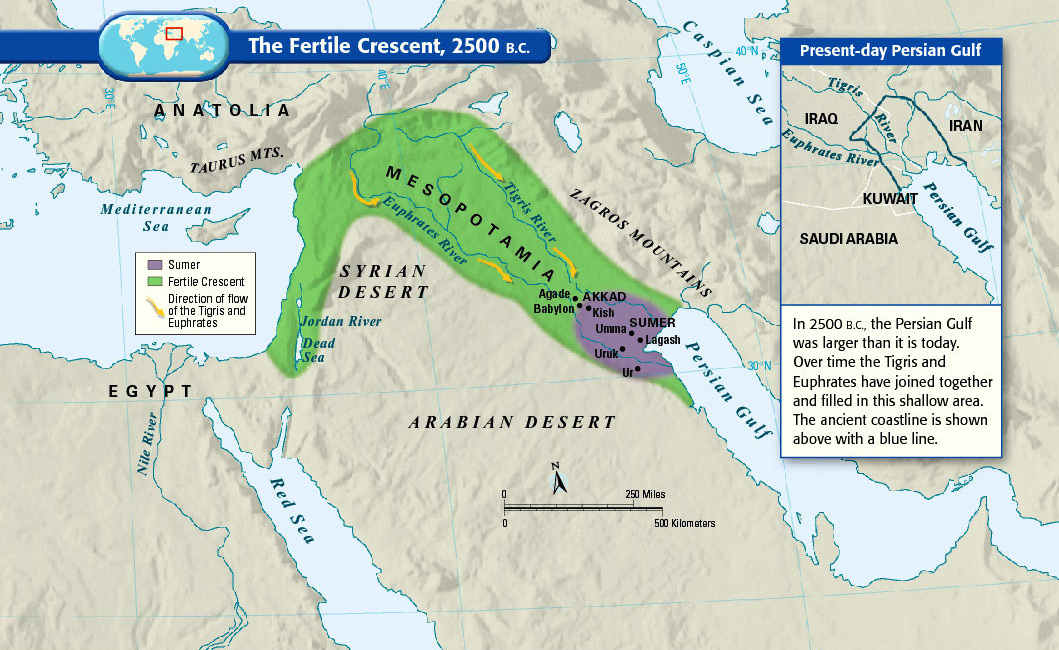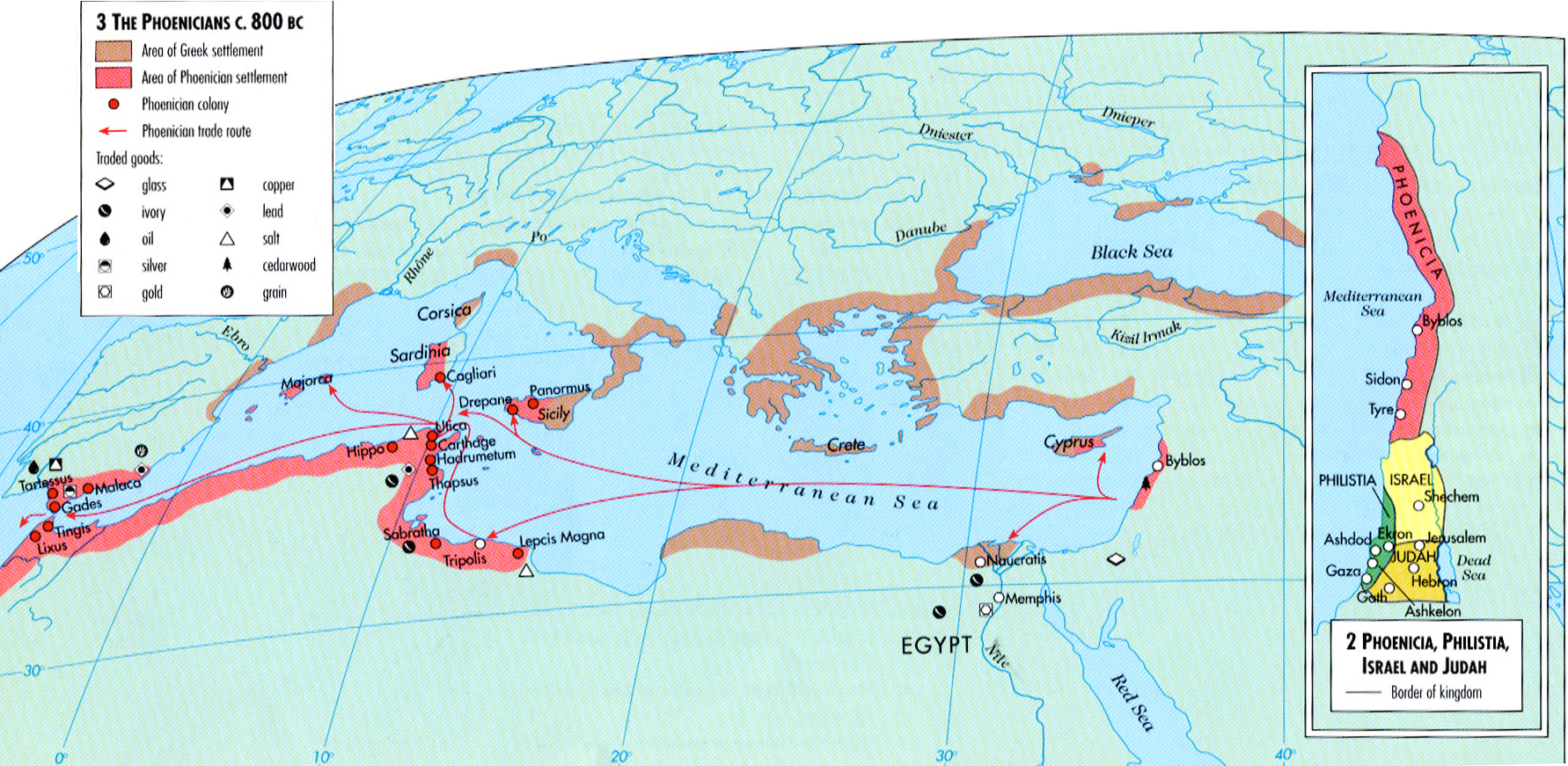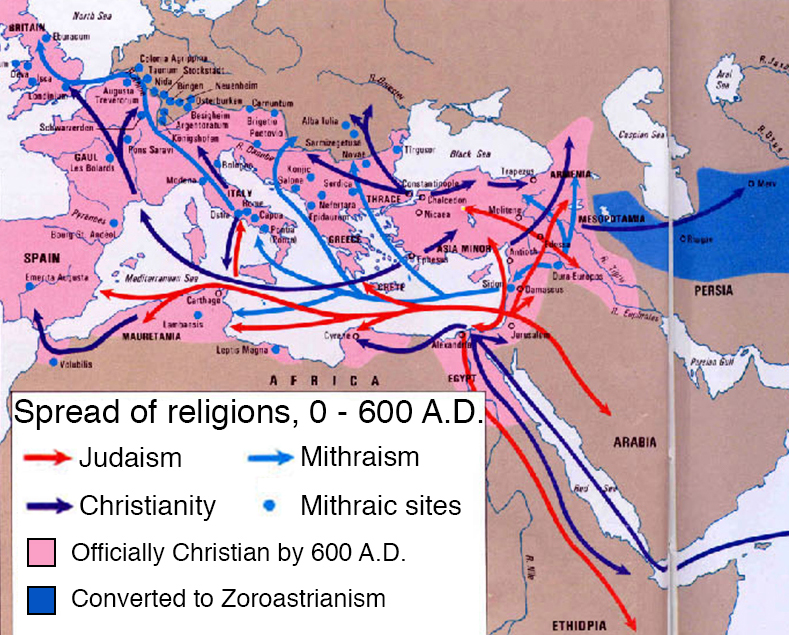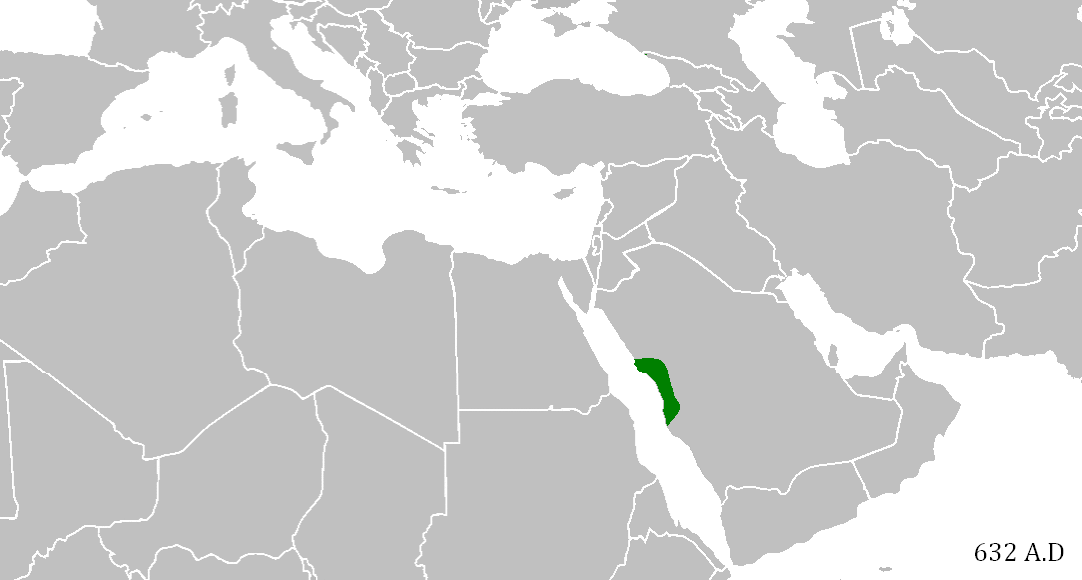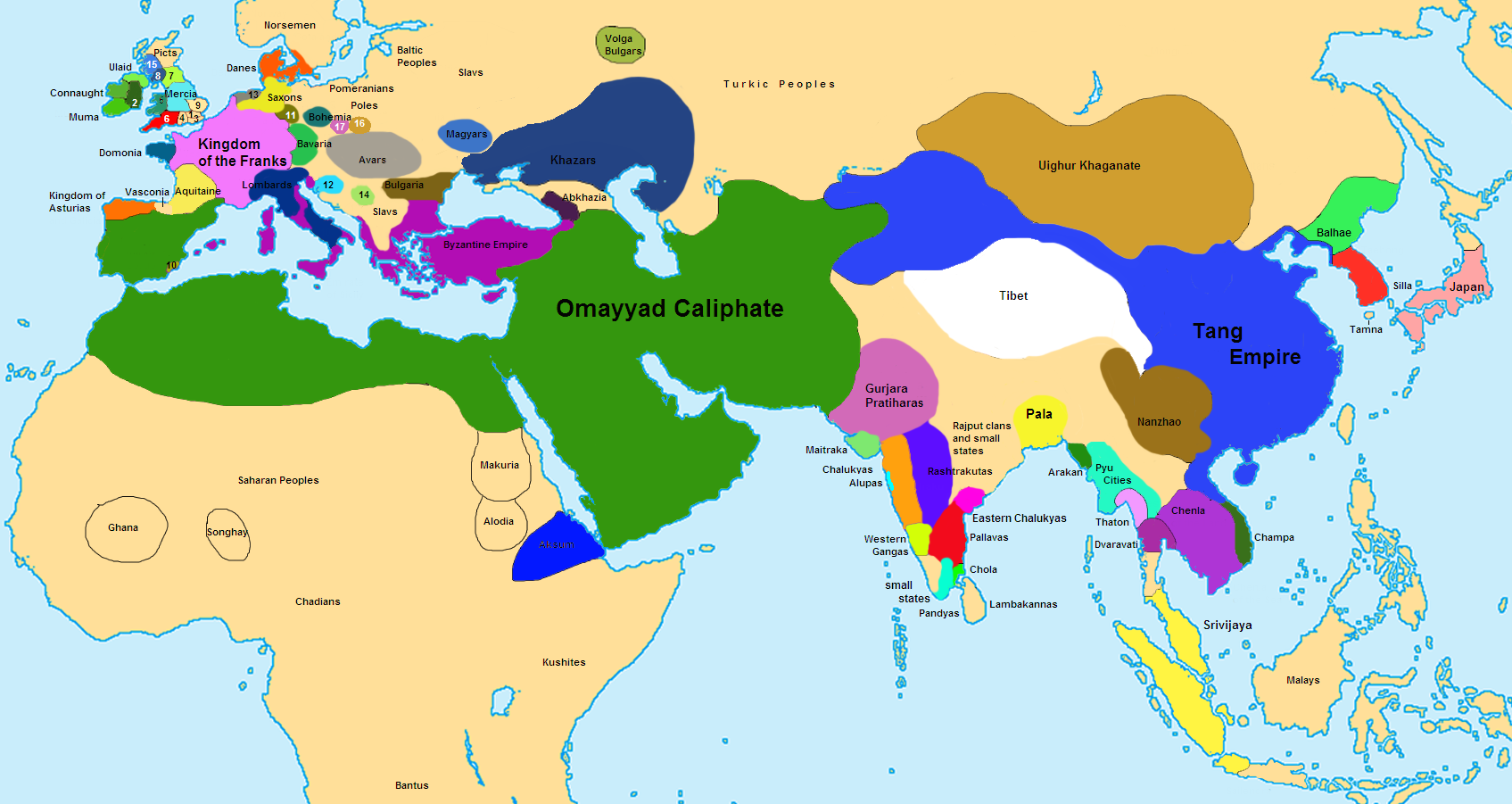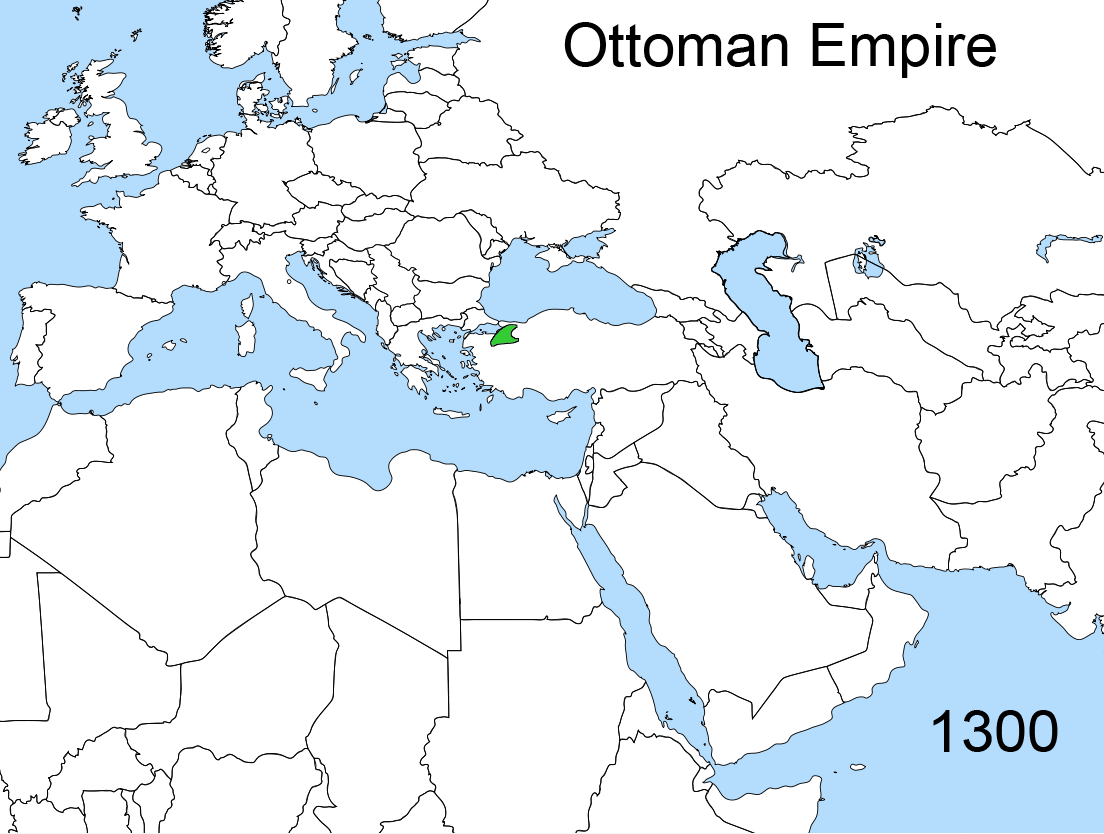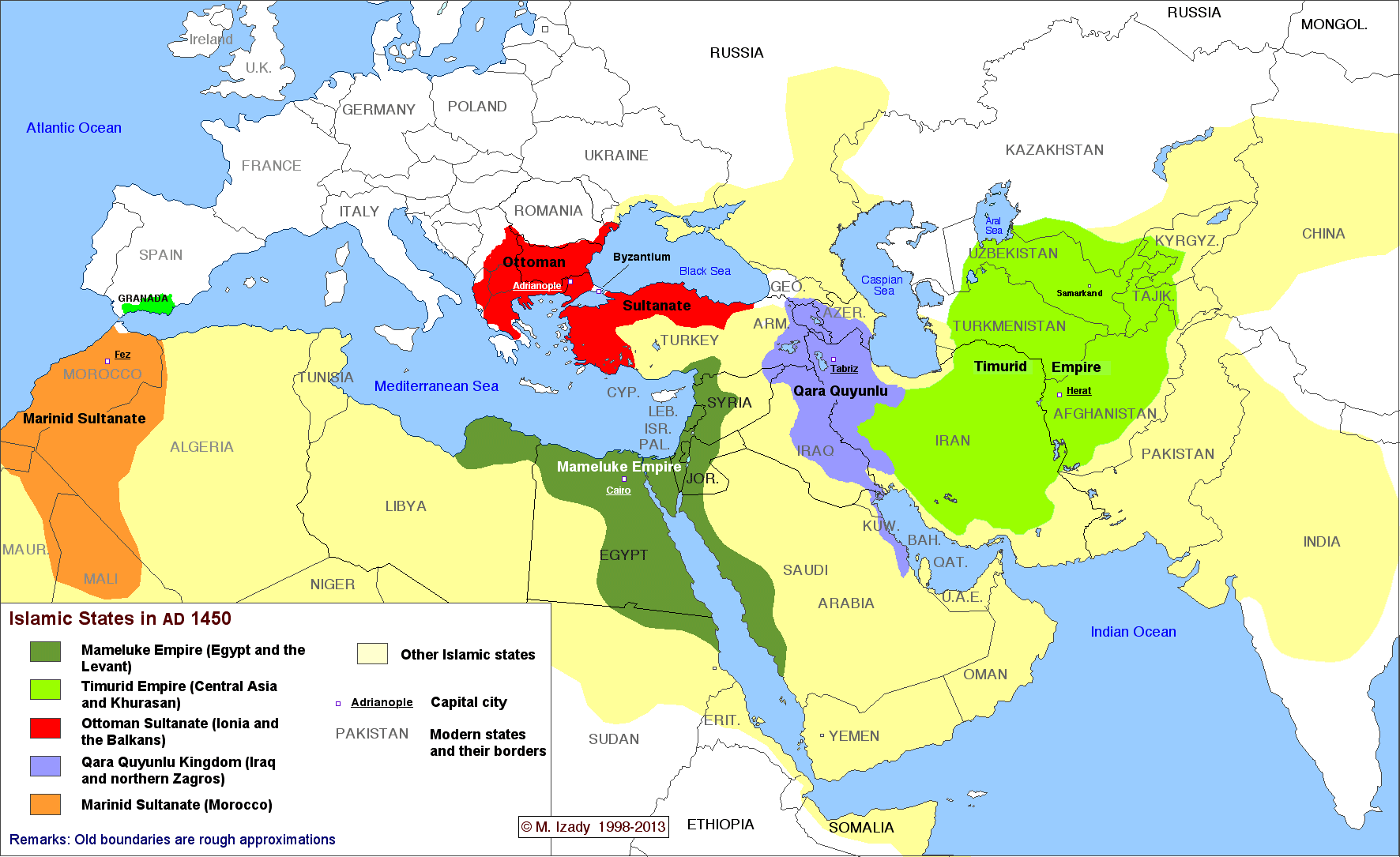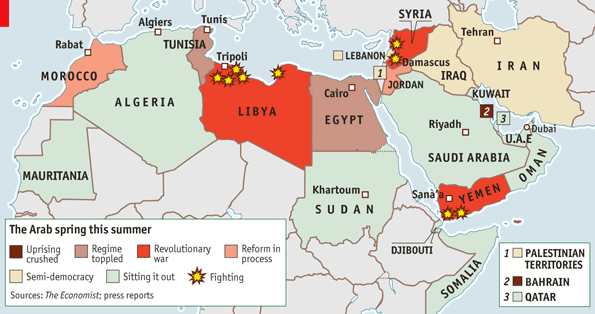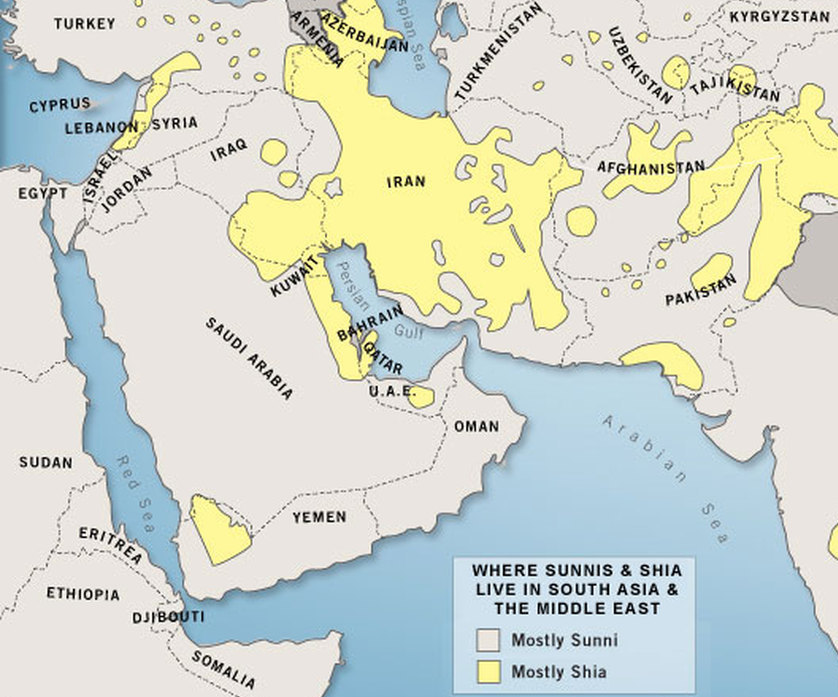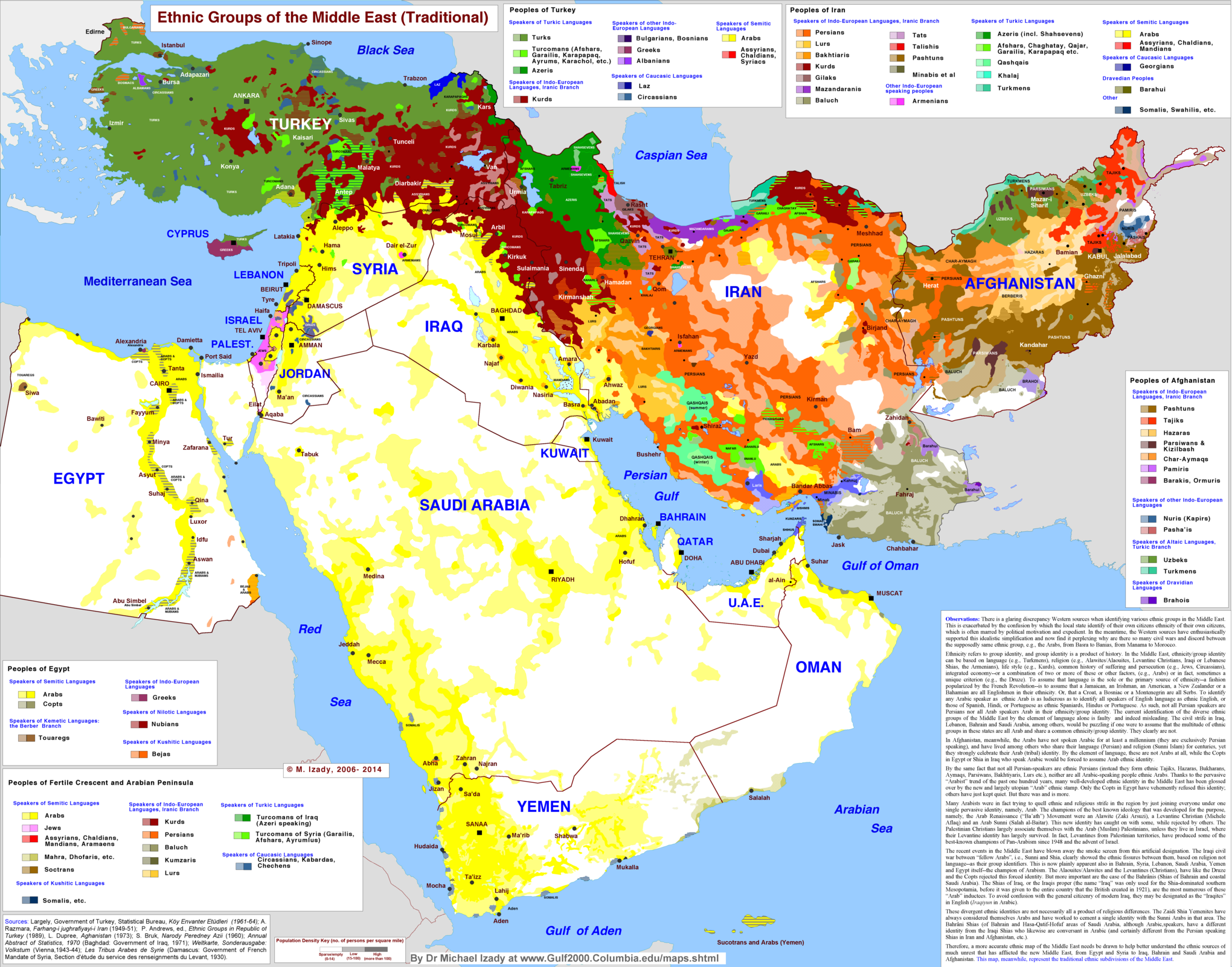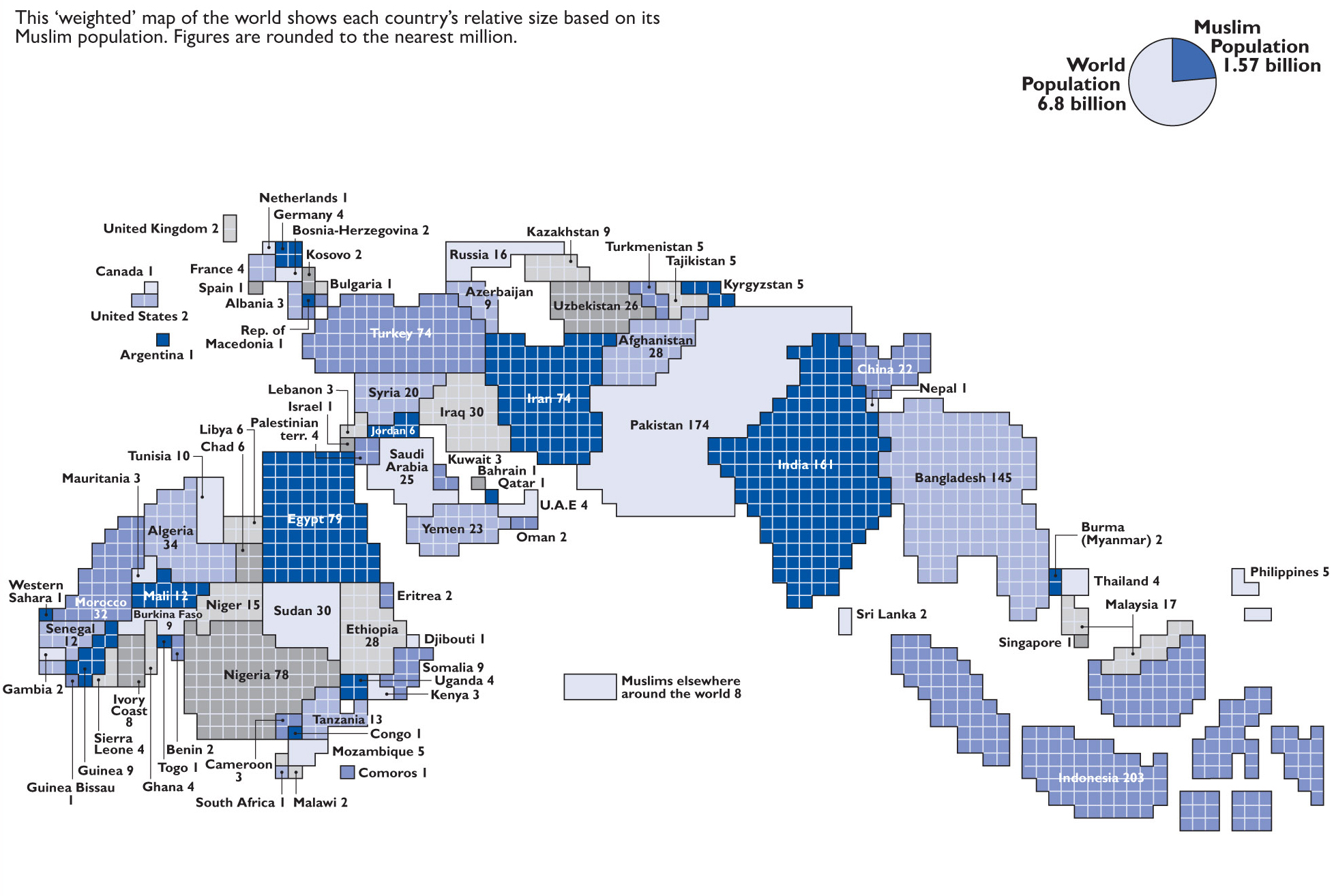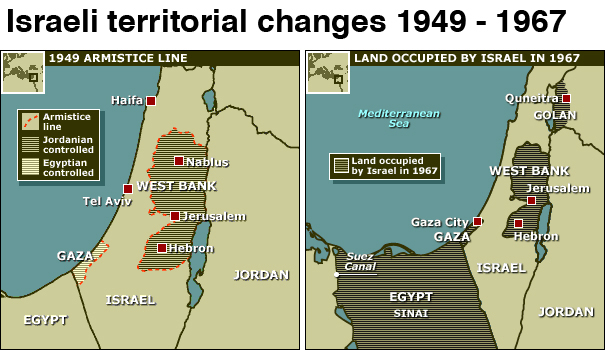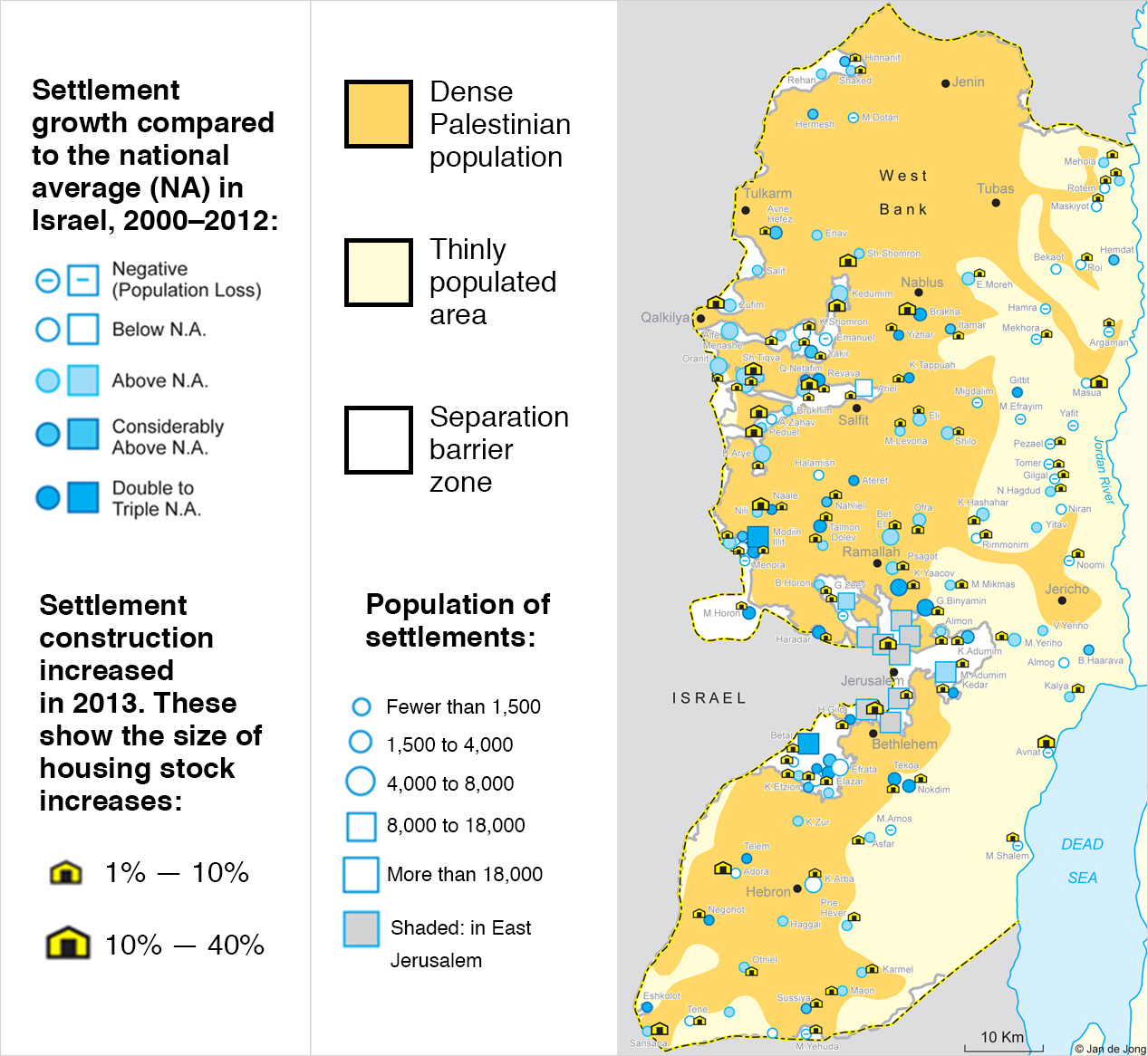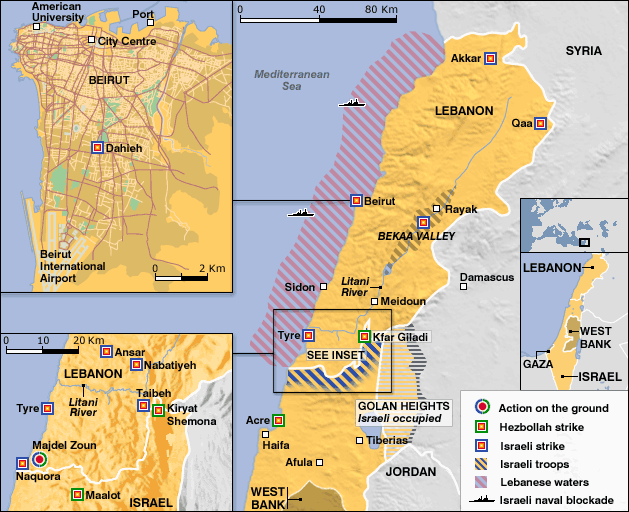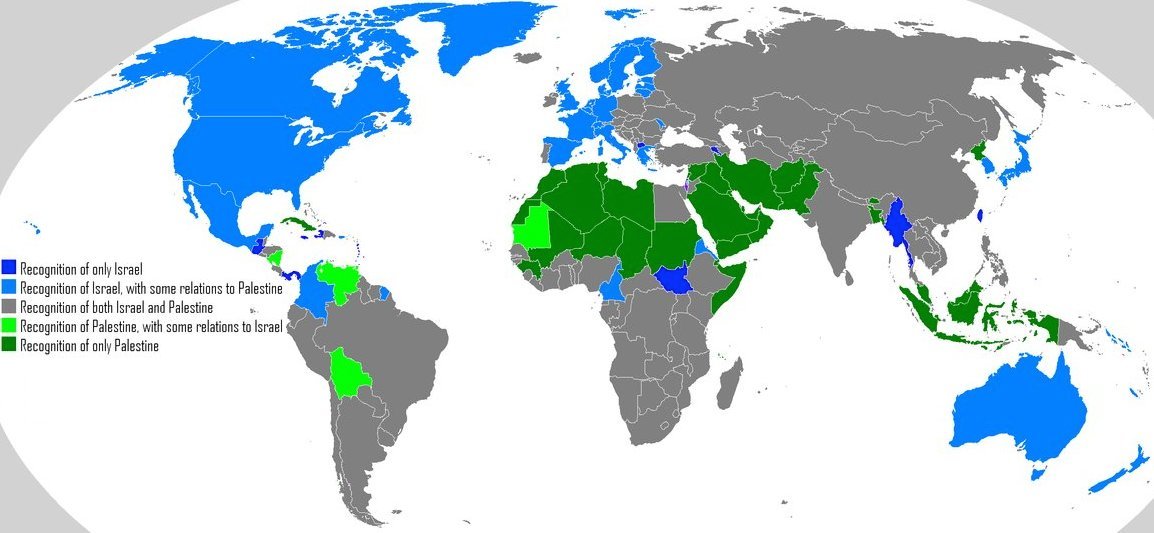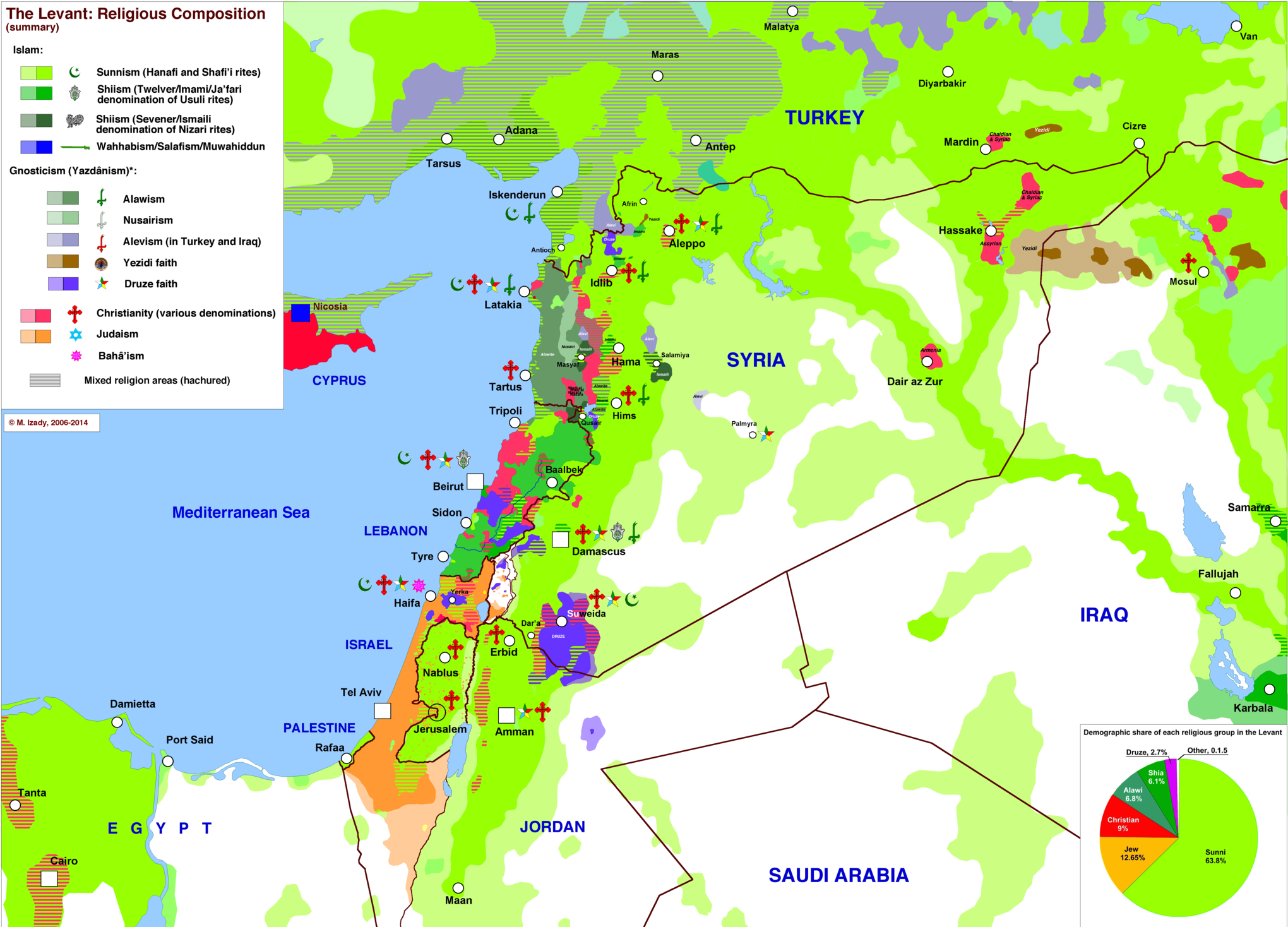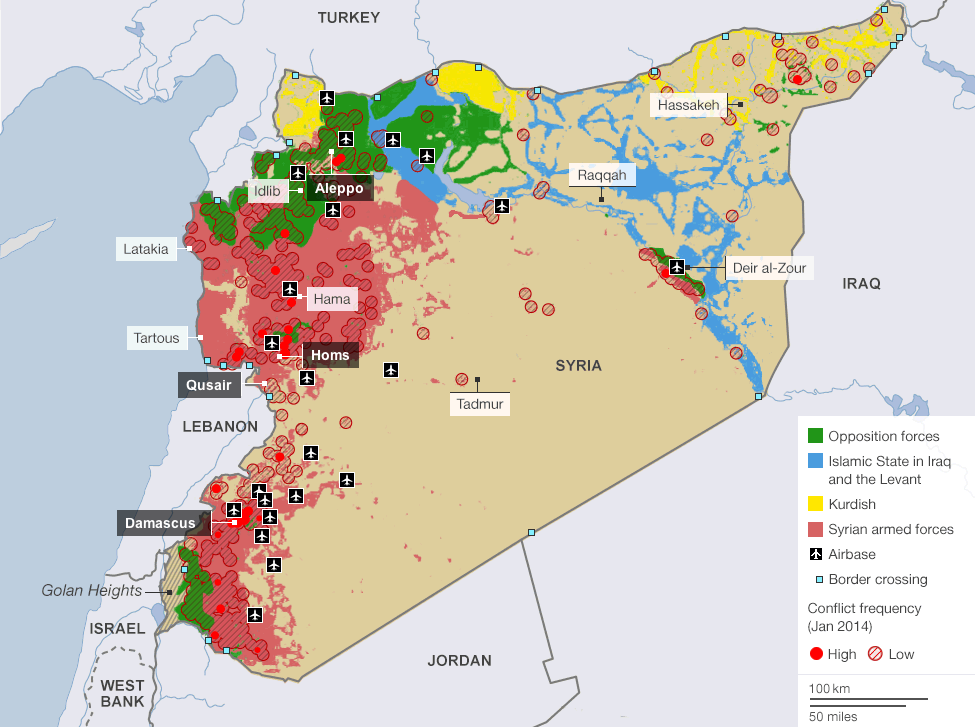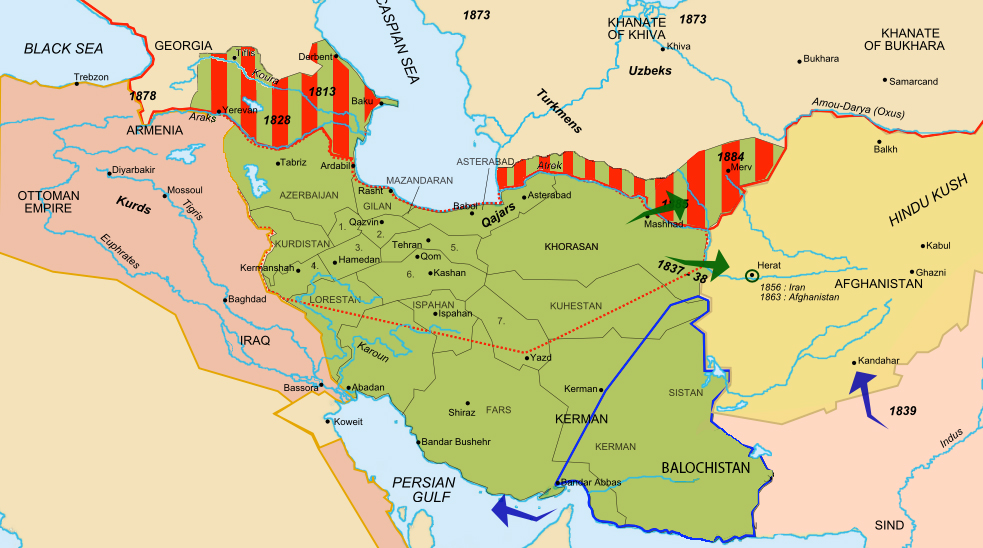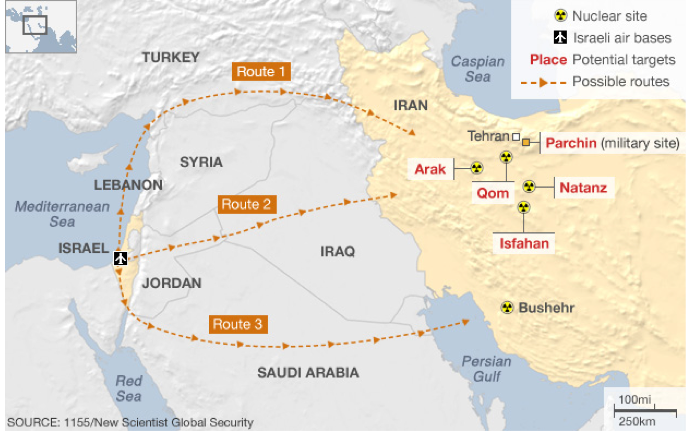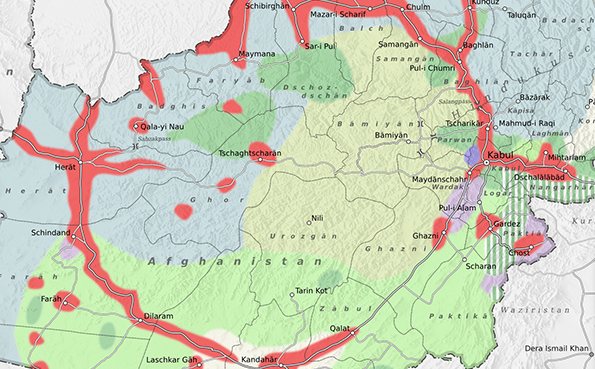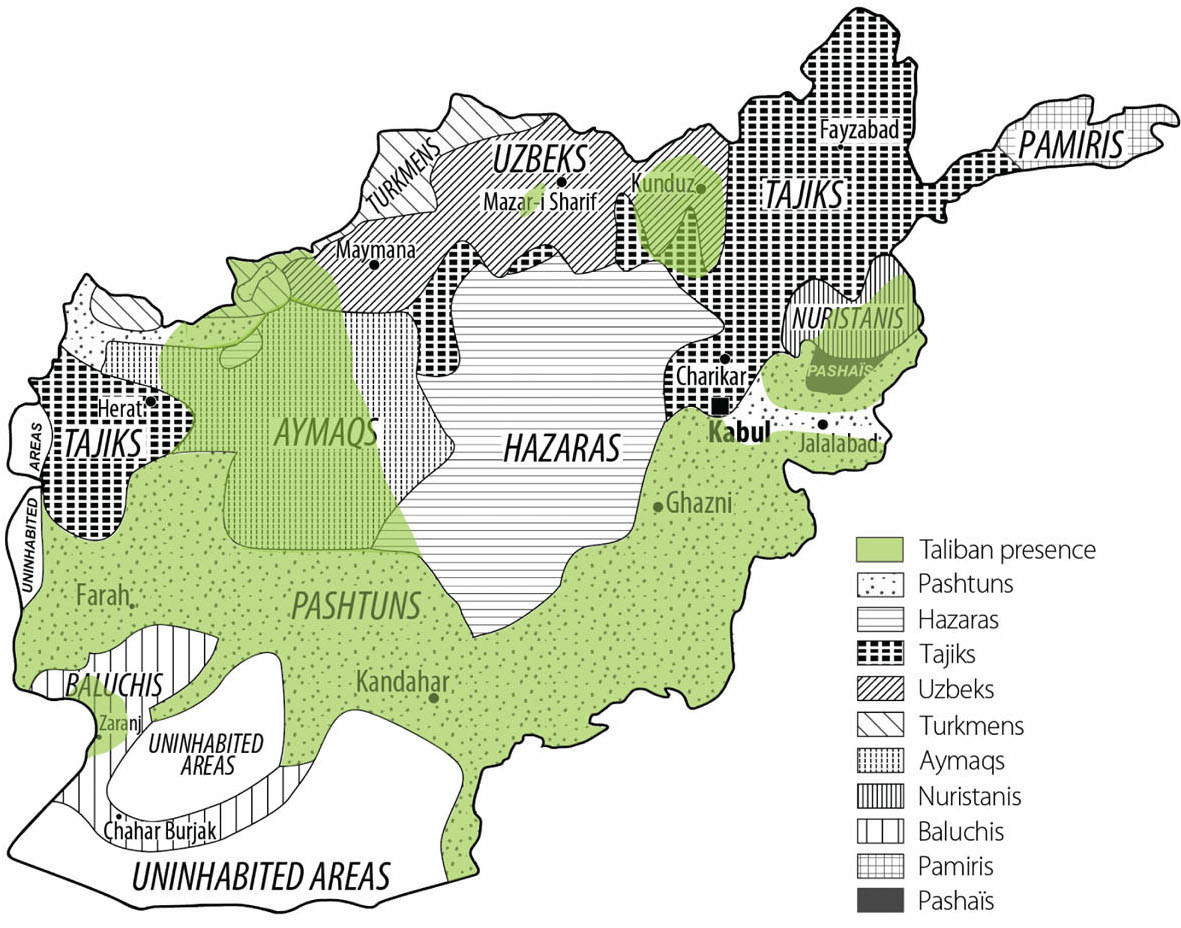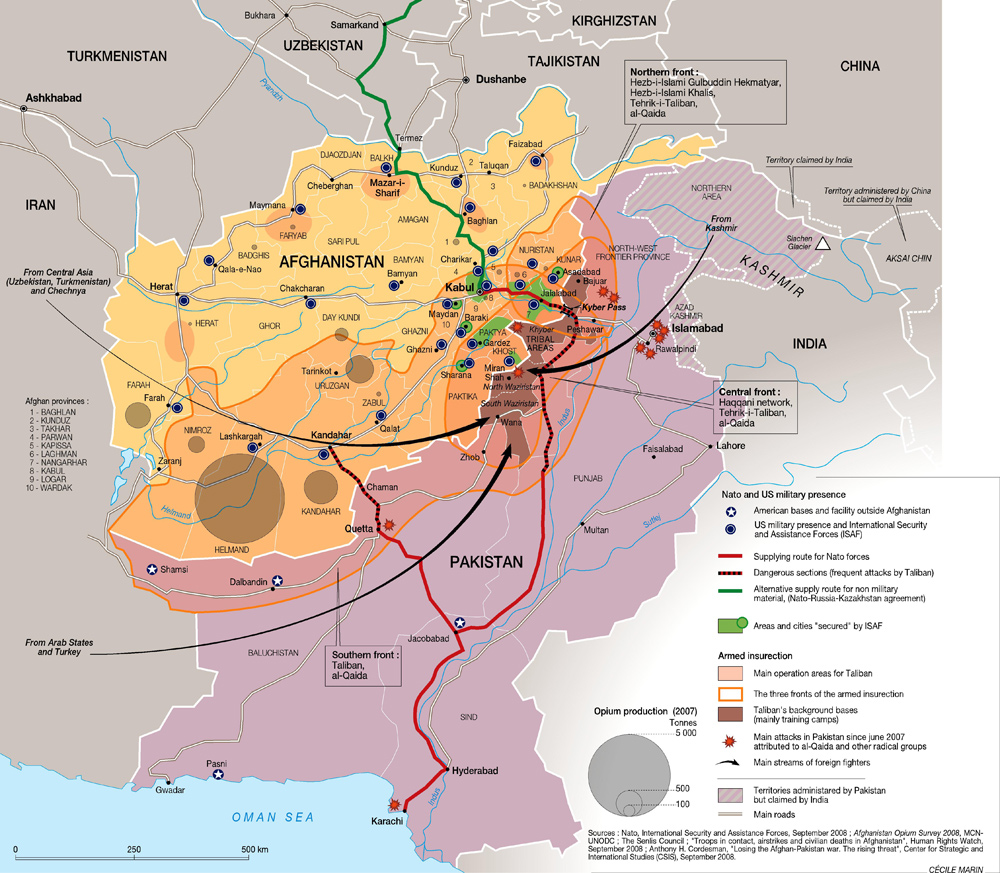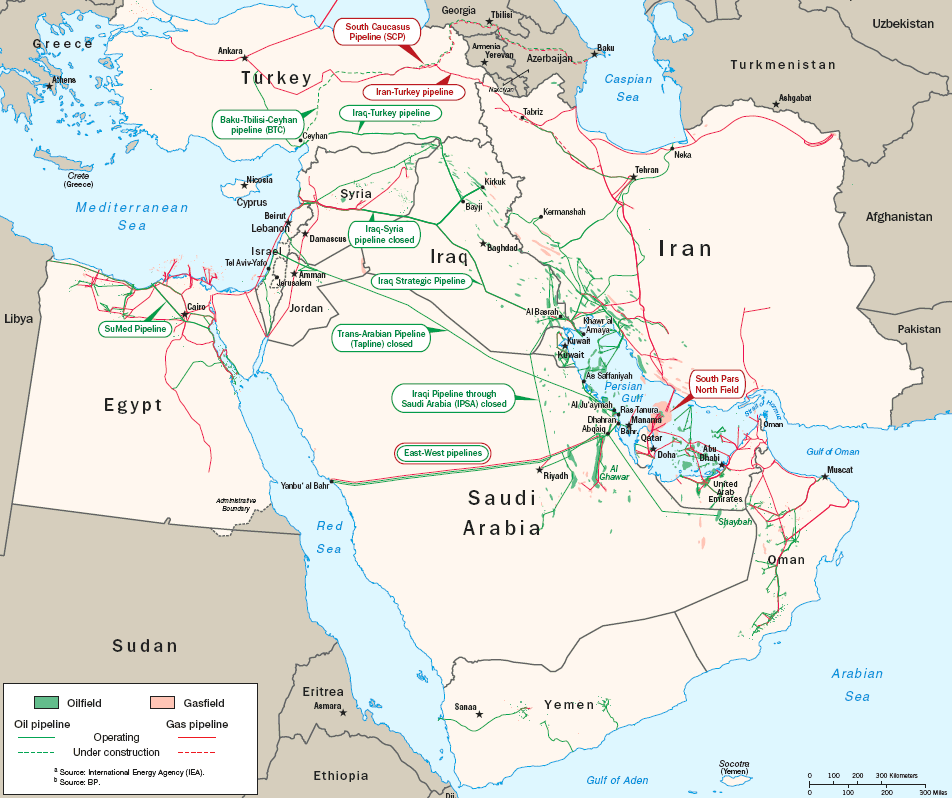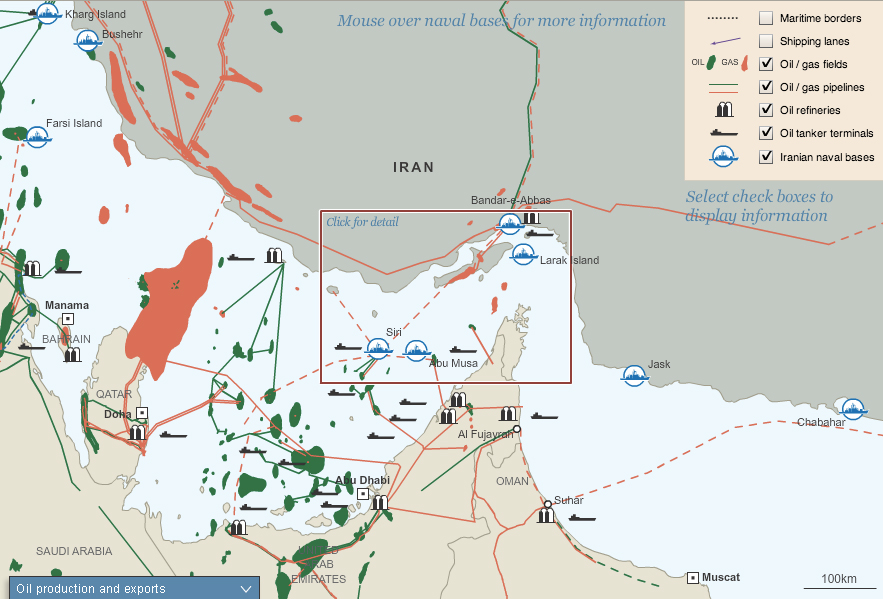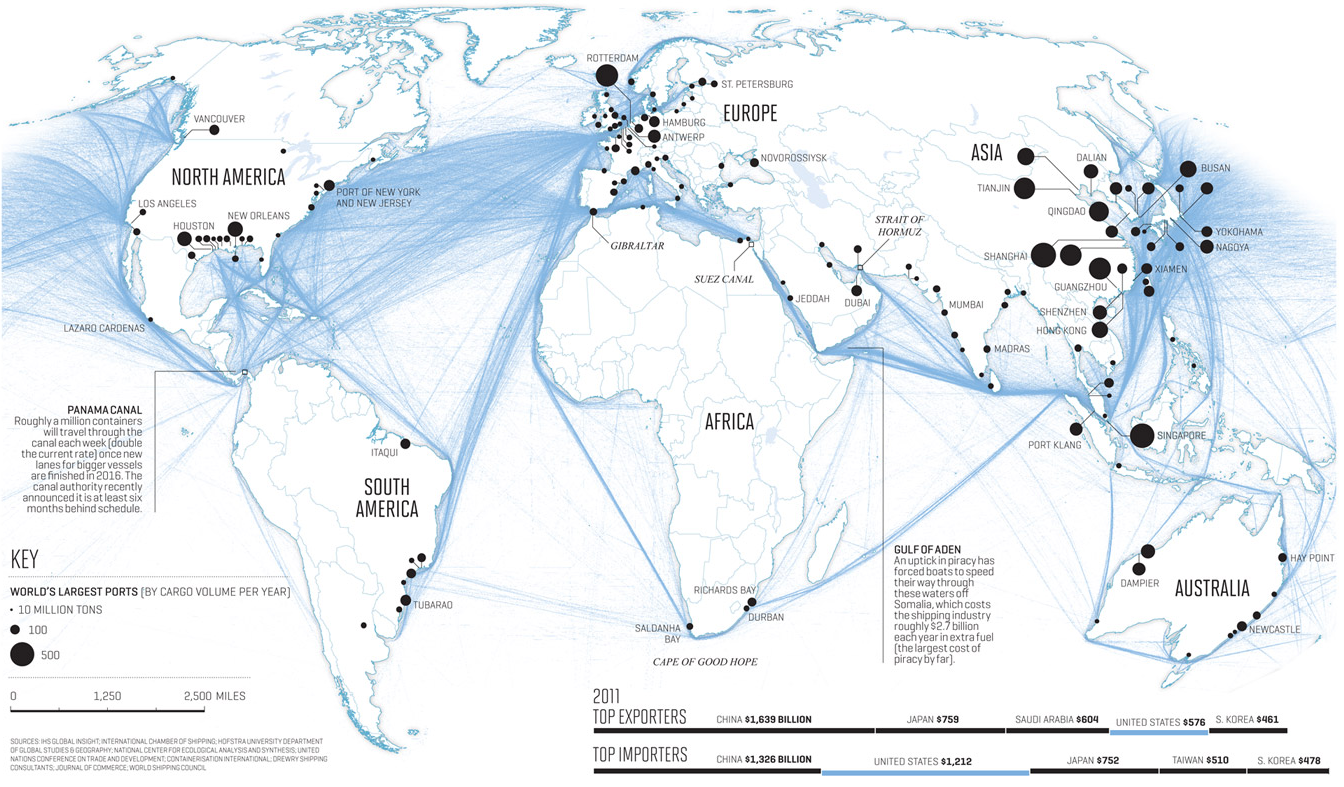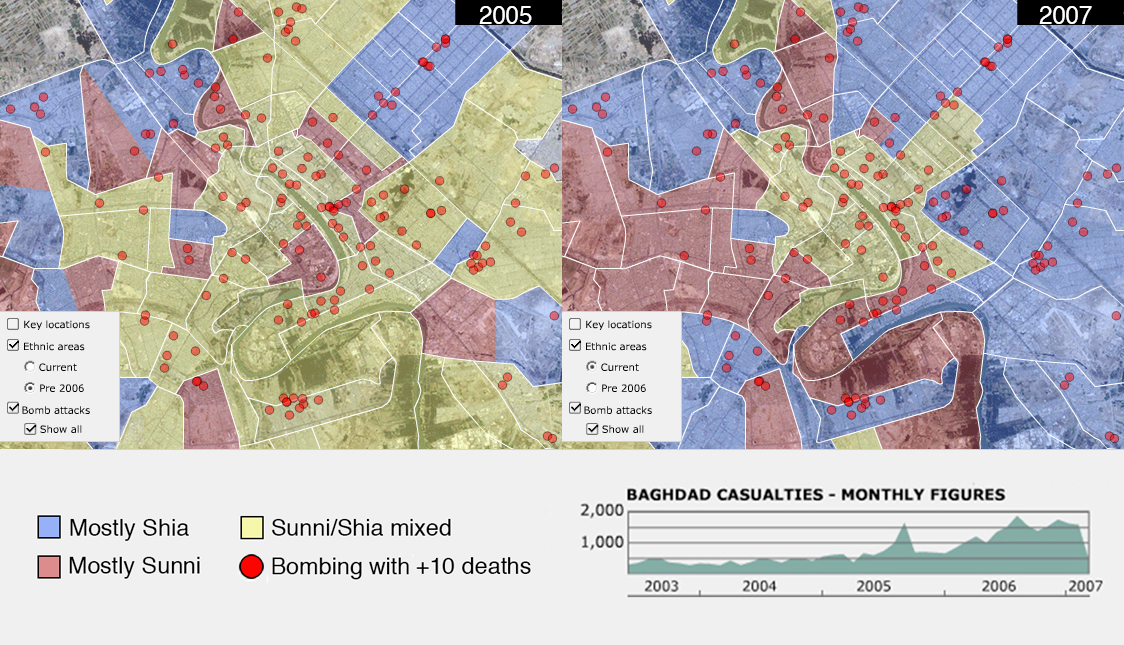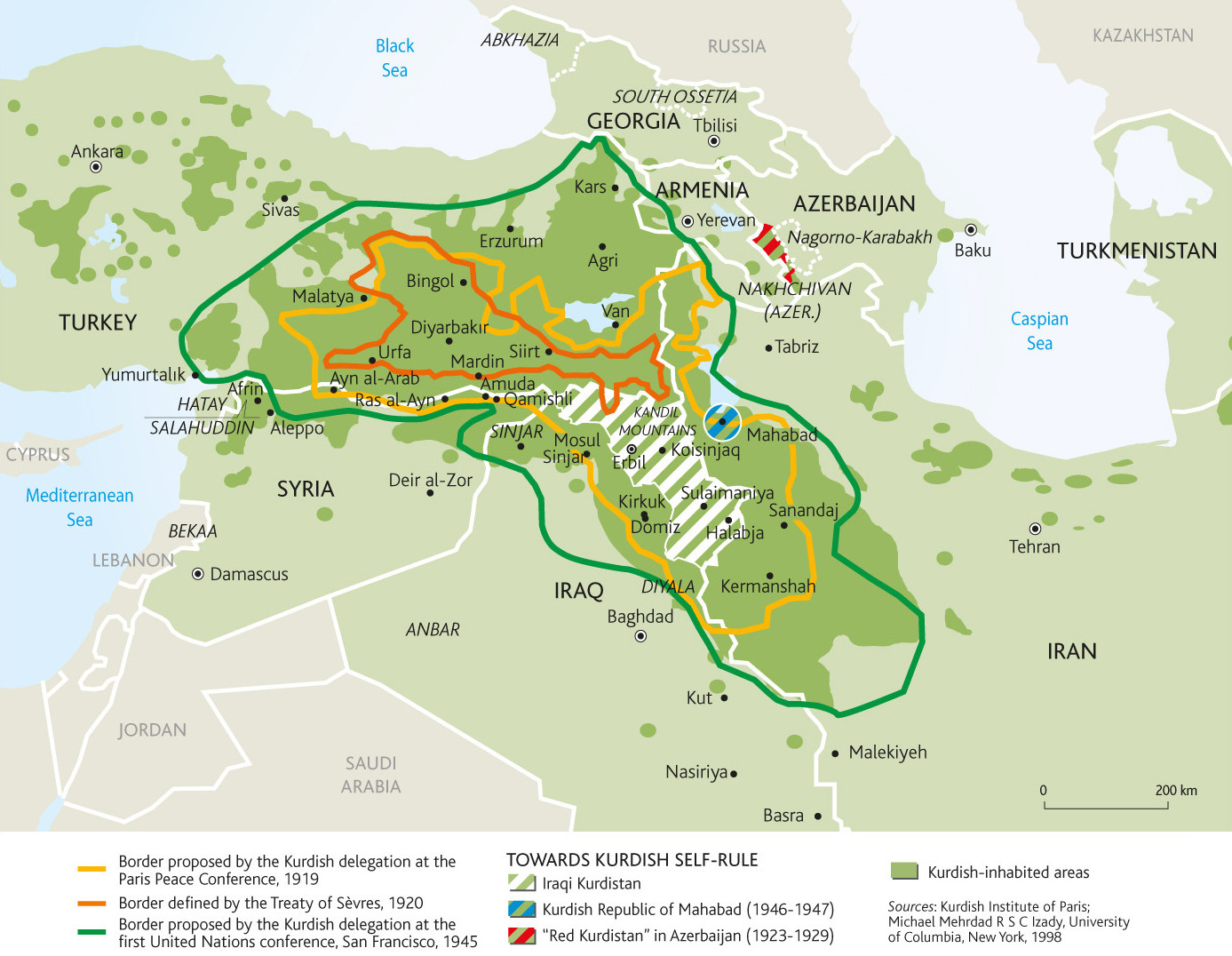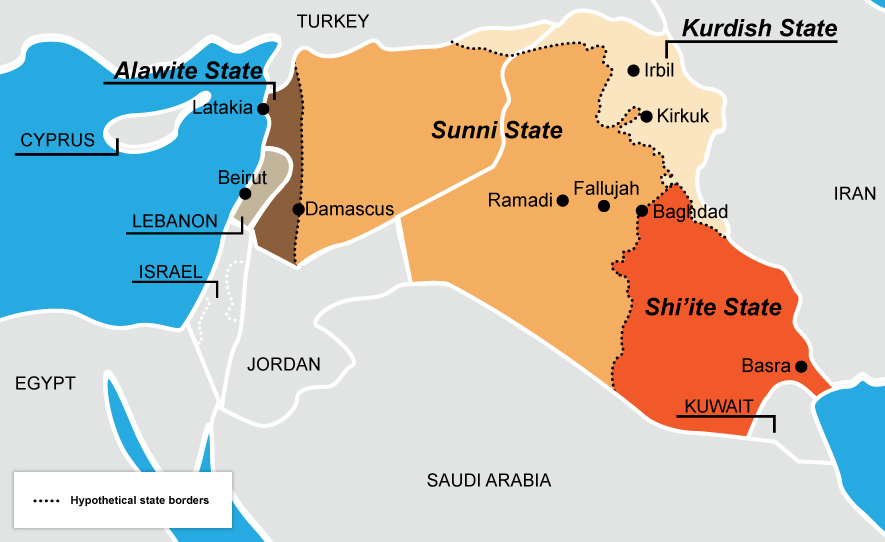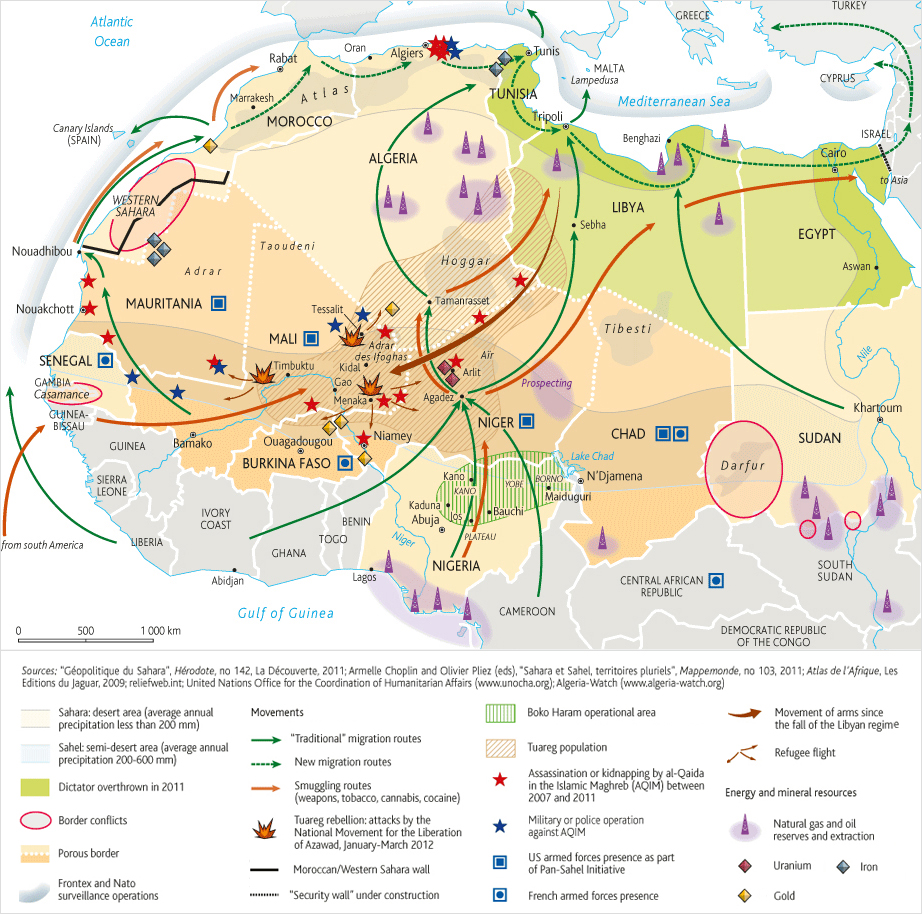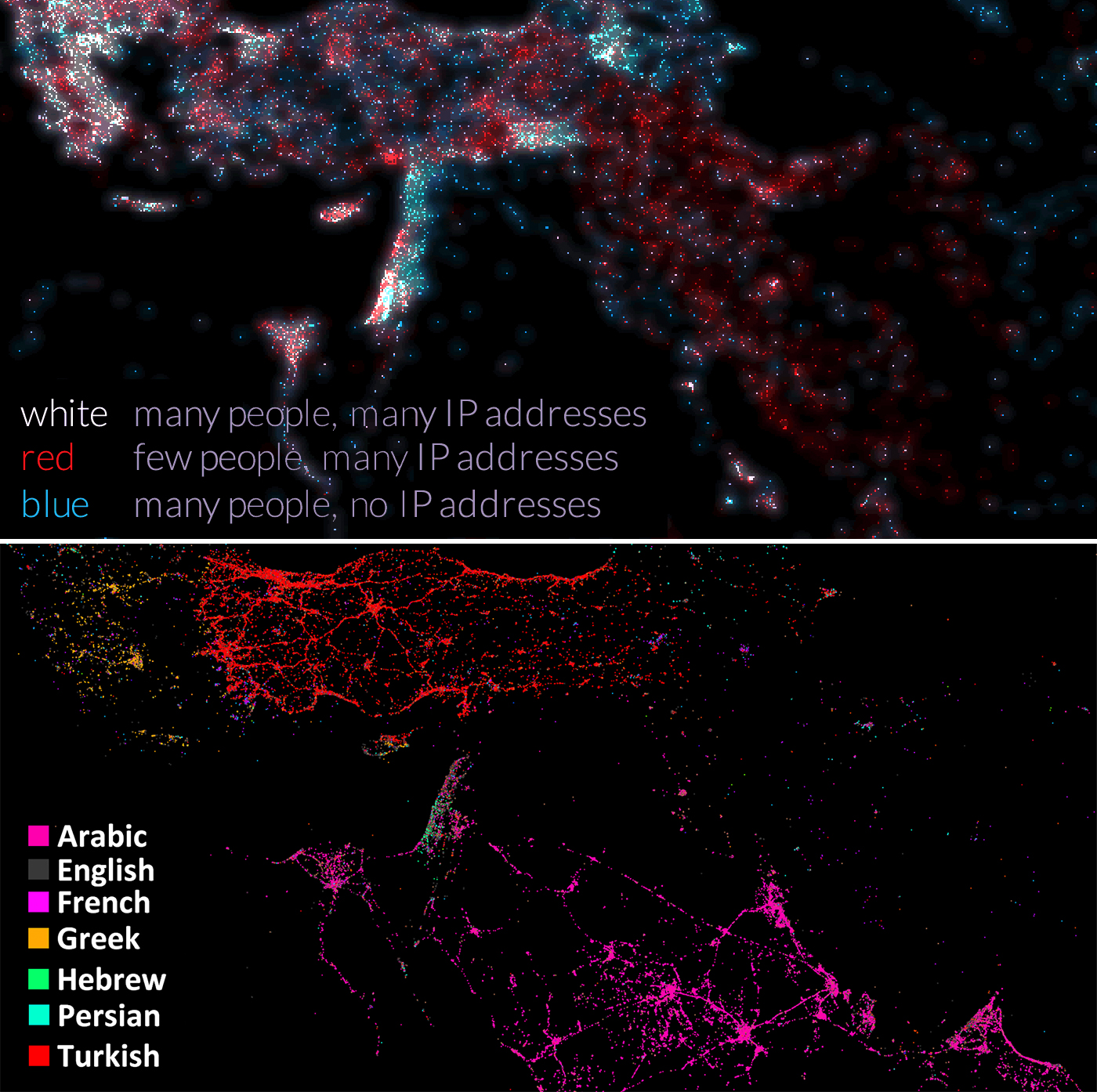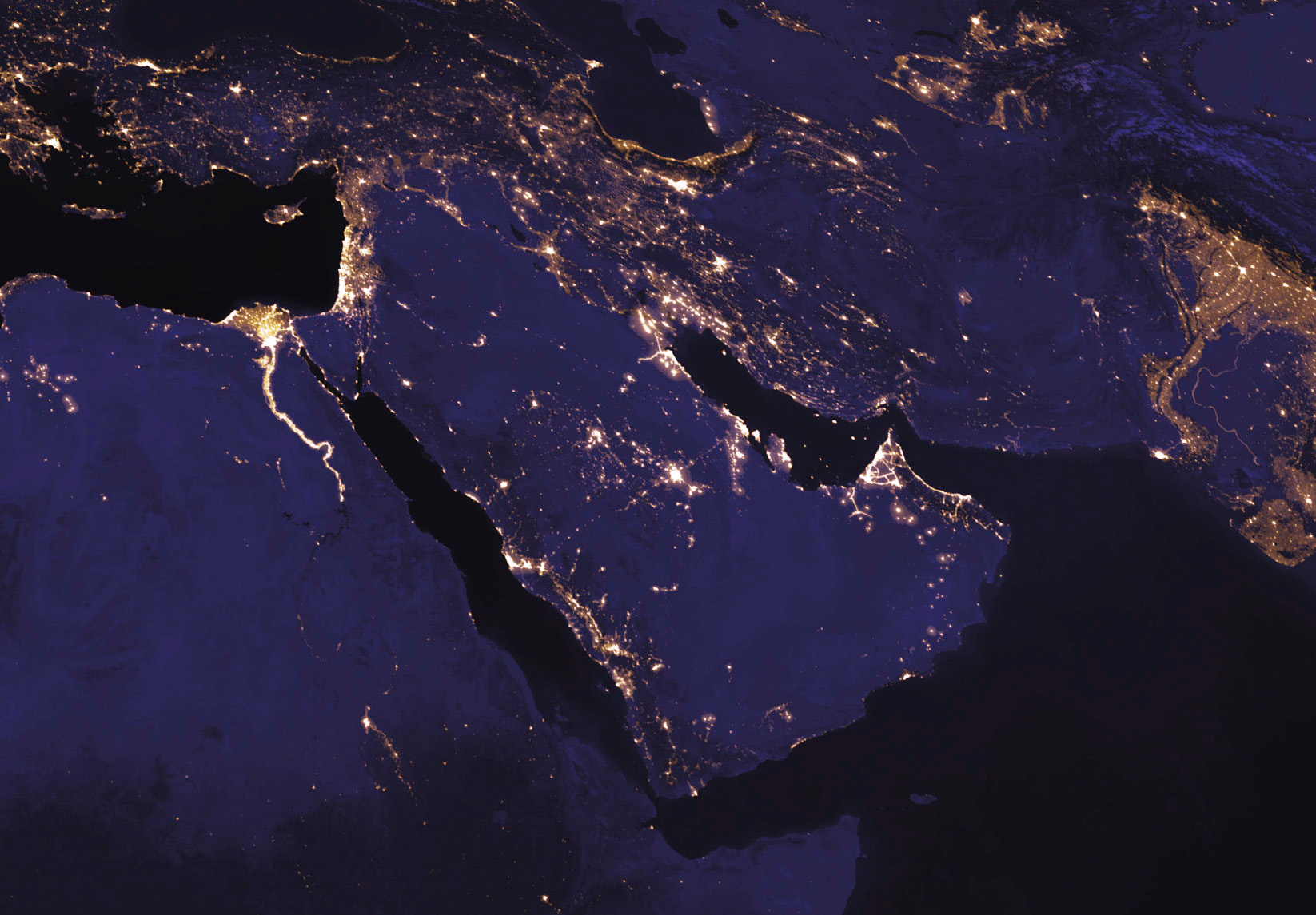But in 2015, the Office of Inspector General says the CBP drone program has essentially been grounded.
The IG report, the second audit of the program since 2012, found there is no reliable method of measuring the program’s performance and determined that its impact in stemming illegal
immigration has been minimal.
According to the CBP Fiscal Year Report, the drones flew about 10 percent fewer hours in 2014 than the previous year and 20 percent fewer than in 2013. The missions were credited with contributing to the seizure of just under 1,000 pounds of cocaine in 2014, compared to 2,645 in 2013 and 3,900 in 2012. But apprehensions of illegal immigrants between 2014 and 2013 fell despite the flood of more than 60,000 unaccompanied children coming across the border from Central America.
Combined with the decrease in productivity, the OIG report disclosed the staggering costs to run the program, more than $12,000 per hour when figuring fuel, salaries for operators, equipment and overhead. More from FNC.
Related: Coast Guard UAV System
Bungling border agency can’t find drone records
WashingtonTimes: Homeland Security can’t find a single record of a request to fly drones to help the Coast Guard, the agency said this week in a letter to a top member of Congress — an admission that’s likely to add fuel to the guard’s request for its own fleet of unmanned aerial vehicles.
R. Gil Kerlikowske, commissioner of Customs and Border Protection, said his agency’s Air and Marine office records all requests, but for some reason it “could not locate any prior requests from the USCG” for unmanned aerial surveillance flights.
For Rep. Duncan Hunter, California Republican and chairman of a subcommittee that oversees the Coast Guard, the admission was the latest signal that the border agency isn’t treating its colleagues in the guard fairly.
“It’s baffling, really. This response goes to show just how disadvantaged the Coast Guard truly is under the DHS umbrella,” said Joe Kasper, Mr. Hunter’s chief of staff. “It’s impossible to excuse the terrible record keeping, but that aside — we know for a fact that the Coast Guard has made numerous requests for UAS support.”
Both the Coast Guard and CBP are part of the Homeland Security Department, and under the current arrangement the guard has to use CBP’s drones. That leaves the maritime mission hostage to the whims of border officials, who have their own missions, and who already struggle with logistics and maintenance problems that keep their fleet of drones grounded far too often.
Mr. Hunter is pressing for the Coast Guard to get its own ground-based drones, which it can assign on its own.
“The Coast Guard shouldn’t have to rely on CBP and vice versa. We know CBP is well intentioned, and it has its own mission, but that doesn’t help the Coast Guard beyond the joint operational space,” Mr. Kasper said.
Neither CBP nor the Coast Guard had substantive replies to requests for comment Tuesday afternoon, but in his letter, dated Monday, Mr. Kerlikowske insisted the two agencies “work side-by-side.”
He said even if Coast Guard requests aren’t recorded, there are clear instances when CBP was assisting the guard’s operations. He pointed to a Guardian drone that aided the Coast Guard Cutter Boutwell in making three interdictions over the last year.
“CBO and USCG are close partners and have been highly successful performing joint operations in support of DHS’s primary mission to protect the American people from terrorist threats,” Mr. Kerlikowske said.
He said they will try to improve operations.
But his agency has been promising better drone use for years, and has consistently fallen short, according to watchdog reports.
Just 5 percent of Drone flights were conducted in the southeast, meaning off the coast of Florida, according to a new report Tuesday by the Government Accountability Office. The rest of the time the drones were operating on the border with Canada or the landlocked southwest border with Mexico.
Homeland Security Inspector General John Roth last year called CBP’s drone program “dubious achievers,” saying hundreds of millions of dollars have been wasted to stock a fleet that often can’t even get into the air.
He put the cost of flying each drone at more than $12,000 an hour — five times the figure CBP had given.
“Notwithstanding the significant investment, we see no evidence that the drones contribute to a more secure border, and there is no reason to invest additional taxpayer funds at this time,” Mr. Roth said in releasing his report last year. “Securing our borders is a crucial mission for CBP and DHS. CBP’s drone program has so far fallen far short of being an asset to that effort.”






